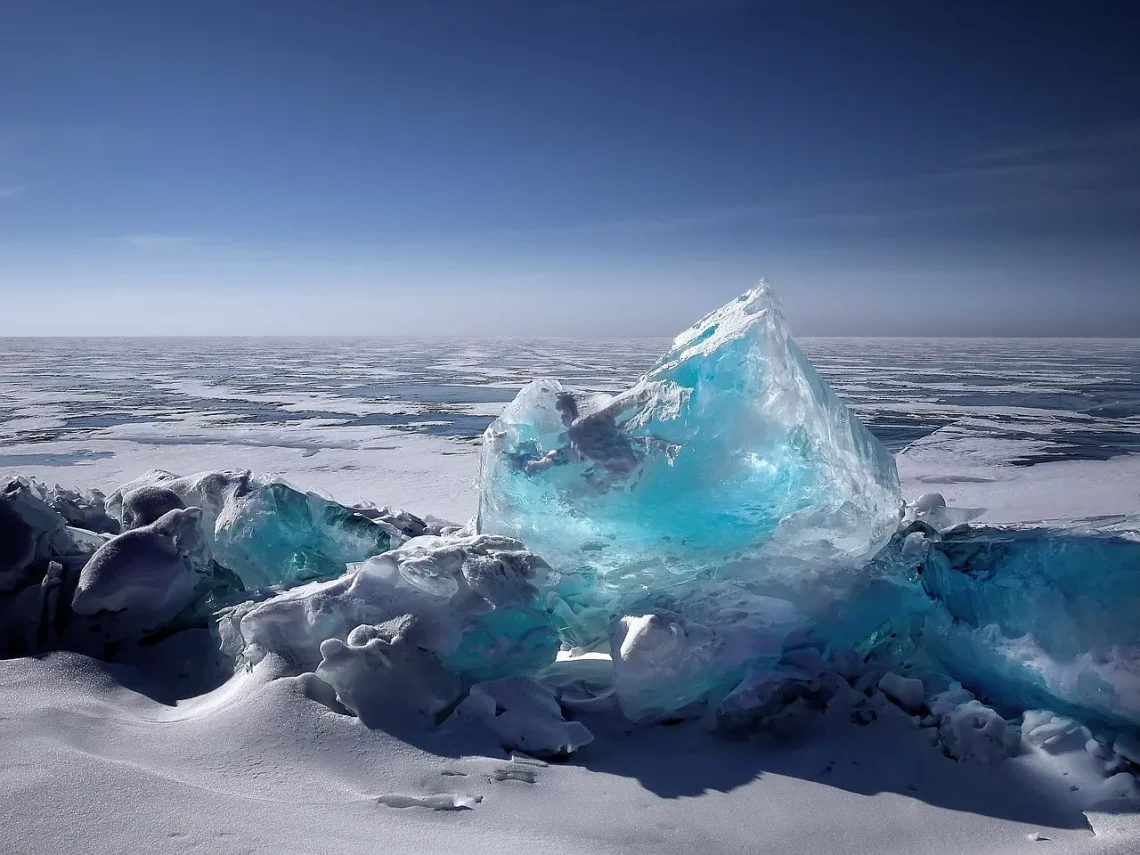
Can Cat Litter Effectively Melt Ice in Winter Conditions?
In winter, the challenge of dealing with ice and snow becomes a significant concern for many homeowners. As temperatures drop and precipitation occurs, icy surfaces can transform driveways, walkways, and parking lots into hazardous landscapes. The need for effective de-icing solutions is paramount, as slipping and sliding can lead to injuries and property damage. While traditional ice melts, such as salt, are widely used, many people are exploring alternative methods to tackle this winter dilemma.
One such alternative that has gained attention is cat litter. Commonly used for absorbing pet waste, cat litter comes in various forms, including clay, silica, and biodegradable options. The question arises: can cat litter effectively melt ice in winter conditions? This inquiry delves into the properties of cat litter, its potential benefits and drawbacks as an ice-melting agent, and its environmental implications. Understanding these factors can help homeowners make informed decisions about their winter maintenance strategies.
Understanding the Composition of Cat Litter
Cat litter is primarily designed to manage pet waste, but its composition can provide insights into its effectiveness in melting ice. Most cat litters fall into a few categories: clay-based, crystal, and biodegradable materials. Clay litter, often made from sodium bentonite, is known for its absorbent properties. It can clump together when wet, making it efficient for soaking up moisture and odors. Crystal litter, made from silica gel, also offers high absorbency but lacks the clumping feature of clay varieties.
When considering cat litter for ice melting, it is crucial to analyze its physical properties. For instance, clay litter can create traction on icy surfaces. While it may not possess the same chemical melting properties as traditional salt, it can prevent slipping by providing a rough texture. Crystal litter, on the other hand, does not clump or absorb moisture in the same way, making it less effective for this purpose.
Additionally, biodegradable litters, made from products like corn, wheat, or recycled paper, may offer some traction but are not typically designed for melting ice. These materials are more environmentally friendly, but their efficacy as an ice melt is questionable. Understanding the differences in composition allows homeowners to make better choices based on their needs and preferences.
Comparing Cat Litter to Traditional Ice Melts
When evaluating cat litter as a potential alternative to traditional ice melts, it is essential to compare their effectiveness and environmental impact. Traditional ice melts, such as rock salt (sodium chloride), calcium chloride, and magnesium chloride, are specifically formulated to lower the freezing point of water, effectively melting ice. These substances work by disrupting the formation of ice crystals, allowing for easier removal of snow and ice.
In contrast, cat litter does not contain the same chemical properties that allow it to melt ice effectively. While it can provide some traction, it may not be able to lower the ice’s freezing point or significantly accelerate melting. Therefore, while cat litter may serve as a temporary solution, it cannot replace traditional ice melts in terms of efficiency.
However, the environmental impact of traditional ice melts can be a concern. Rock salt can lead to soil degradation, harm to vegetation, and damage to concrete surfaces. Some homeowners may opt for cat litter as a more environmentally friendly option, particularly if they choose biodegradable varieties. These litters generally break down more easily in the environment and pose less risk to plants and animals.
Ultimately, the decision to use cat litter instead of traditional ice melts depends on specific needs. For those seeking immediate and effective ice melting, traditional options remain the best choice. However, for individuals looking for traction and a less harmful alternative, cat litter may suffice in certain situations.
Practical Applications of Cat Litter in Winter
While cat litter may not be the ultimate solution for melting ice, it can still play a role in winter safety strategies. Many homeowners utilize cat litter for its ability to provide traction on icy surfaces. Sprinkling cat litter on driveways, sidewalks, or steps can help prevent slips and falls, especially in areas where immediate access to a traditional ice melt may not be feasible.
Moreover, cat litter can be an economical option for those who already have it on hand. Instead of purchasing separate traction materials, homeowners can repurpose existing cat litter to create a safer environment. This practice is particularly useful in emergency situations, where quick access to a solution is necessary.
It’s also worth noting the importance of proper application techniques. When using cat litter for traction, spreading it evenly across affected areas can maximize its effectiveness. Homeowners should also monitor weather conditions; if rain or melting occurs, the litter may wash away or become less effective.
In addition, spreading cat litter before snow accumulation can potentially help in managing ice formation. By laying down a layer of litter, homeowners may reduce the adhesion of snow and ice to surfaces. Although this approach does not guarantee complete prevention of ice formation, it can aid in easier snow removal later on.
Environmental Considerations of Using Cat Litter
The environmental implications of using cat litter for winter maintenance are an important factor to consider. Traditional ice melts, particularly those containing salt, can have detrimental effects on local ecosystems. Excess salt runoff can lead to soil degradation, harm aquatic life, and damage plants and trees. As a result, finding alternatives that minimize environmental harm is essential for eco-conscious homeowners.
Biodegradable cat litters, made from natural materials such as corn or wheat, offer an environmentally friendly option. These litters break down more easily in the environment and do not contribute to the same level of pollution as traditional ice melts. Furthermore, they can enhance soil quality when they decompose, providing nutrients to the ground.
However, it is crucial to recognize that while cat litter can be a less harmful alternative, its effectiveness in ice melting is limited. Homeowners should balance their desire for environmental sustainability with the need for effective ice management. In many cases, a combination of traditional ice melts for immediate effectiveness, paired with eco-friendly practices, may be the best approach.
Ultimately, understanding the environmental impact of winter maintenance products can empower homeowners to make informed choices. By considering both efficacy and sustainability, individuals can contribute to a safer and healthier environment during the winter months.
In conclusion, while cat litter can provide some benefits in winter conditions, it is not a substitute for traditional ice melts when it comes to effectiveness in melting ice. Instead, it can serve as a practical solution for enhancing traction and preventing slips and falls. As homeowners navigate winter challenges, a thoughtful approach that considers both the effectiveness of materials and their environmental impact will lead to safer and more sustainable winter maintenance practices.




